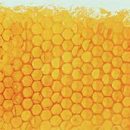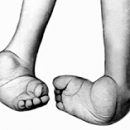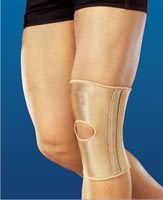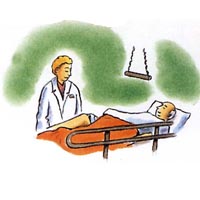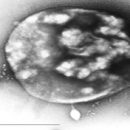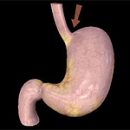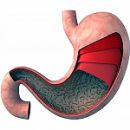Lordosis is a congenital or acquired spinal curvature in the lumbar department. KIFoscoliosis is a combination of spinal curvature, i.e. scoliosis, and strengthening normal kyphosis. Treatment depends on the degree of spinal curvature.
Content
The concept of lordose
Lordosis (from Greek literally «curved») - this is a congenital or acquired spine curvature by convexity forward, as a rule, characterized by the location in the lumbar department.
The reason for the occurrence of lordosis is usually dislocations in the hip joints, since the vertical position of the body leads to a displacement of the center of gravity forward - while holding the balance, the torso is driving in the lower back. Another factor affecting the development of this curvature can be overweight, in particular excessive fat deposition in the abdomen.
Symptoms of the disease
With Lordic posture, the head is advanced forward, the chest is flat, turning into an outstanding belly, the shoulders are extended forward, and the legs are spread in the knee joints. Because of this, the spinal surveillance arises, stretching its muscles and ligaments, which is accompanied by pain and mobility restriction. In addition, this disease makes it difficult to normal work of the heart, the lung, gastrointestinal tract. In patients suffering from lordosis, there are metabolic disorders and the overall deterioration of the state, fast fatigue.
Lordoz requires a comprehensive treatment that can include a wearing bandage, a special massage, gymnastic exercises. It is also necessary to take into account the concomitant diseases, as they could cause the development of the spinal curvature.
The concept of kifoscolyosis
KIFoscoliosis is a violation of posture that is congenital or acquired. KIFoscoliosis is a combination of spinal curvature on the right to left scoliosis and the appearance or strengthening of the normal (in the thoracic) KIFOS, T.E. Sutulity. If kifoscolyosis is congenital, it can be combined with a change in fixation and development of internal organs. It matters as a cause of it (dysplasia - underdevelopment of bone-artistic structures, preceding injury, inflammation and t.D.) and the nature of the flow (progressive or not) and the influence on the function of internal organs. In this regard, radiography is obligatory, and sometimes magnite-resonant tomography and computed tomography. In most cases, the patient's condition is treated.
Symptoms of kifoscoliosis
In the cyfoscolyosis, the light volumes are reduced, there are peelessness of the chest wall, the load on the breathing muscles is increased, the extension of the lung parenchyma is reduced, the functional residual capacity of the lungs is reduced. This leads to a violation of gas exchange, a decrease in oxygen concentration and an increase in carbon dioxide concentration. In patients, even with moderate deformation of the chest wall (without signs of impaired heart function), the kifoscolyosis leads to light hypertension during exercise (sometimes in peace).
The leading symptom of kifoscolyosis is a respiratory symptom - shortness of breath during exercise. The beginning and severity of shortness of breath depends on the degree of curvature of the spine, installed by the radiograph of the chest. Persons with heavy deformation are characteristic of hypoventilation (reducing air exchange in the lungs).
Long oxygen fasting leads to development in late stages of the disease of the lighting hypertension, violation of the function of the right ventricle of the heart and the lightweight heart.
Rybra from the convex part of the spinal curvature area is widely placed and rejected by the former, forming a characteristic hump. Rybra with a concave side are assembled together and shifted Kepenta.
Treatment of kifoscoliosis
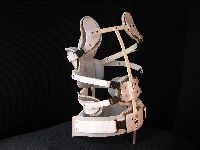 The main method of preventing symptoms of the disease is the early detection of kifoscolyesis in adolescents. Late stages of the disease give grounds for mechanical or surgical correction. At an early stage of the disease, mechanical correction by the imposition of orthopedic devices is possible.
The main method of preventing symptoms of the disease is the early detection of kifoscolyesis in adolescents. Late stages of the disease give grounds for mechanical or surgical correction. At an early stage of the disease, mechanical correction by the imposition of orthopedic devices is possible.
Surgical correction is achieved by carrying out operation, during which metal rods are used for local fixation of the spine, after which the patient carries a gypsum corset for several months. The operation does not improve the maximum respiratory capacity of the lungs, but may increase blood saturation with oxygen. At best, the operation retains the function of the lungs as it was at the time of intervention.
Periodic recycling of lungs using devices that create positive and negative pressure increases the extensibility of the lungs and the partial oxygen pressure.

